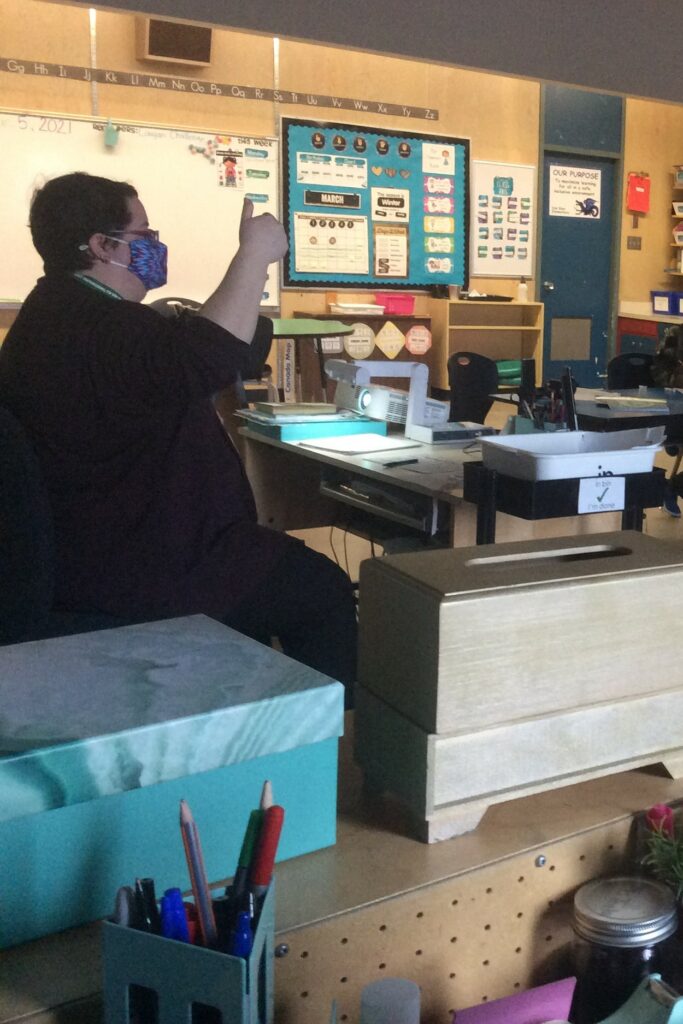Educators value the success of all students. Educators care for students and act in their best interests.
Having an inclusive classroom is difficult. One of the main topics I would like to learn more about is inclusivity. That being said, I have made some major adaptations to my teaching (and learning) practices over the course of my practicum (EDUC391).
I made sure to circulate the classroom often during my teaching (and helping) moments in practicum. So much can be learned in those precious one-on-one moments. I always made sure to speak with each child, and offer guidance when needed. Although there were children who struggled more, and admittedly I would check-in with them more frequently, the intent was always to treat all children with equal respect and attention.
I stated that it is difficult to have an inclusive classroom, but not that it is impossible. It simply takes more work on the educator’s part. As an educator, you must seek to include all learners, and treat all learners with respect, dignity, and understanding. Learning to manage the classroom was one of my biggest challenges when starting practicum. Now, I feel that it is one of my strengths.
I feel that I demonstrated this Standard because I felt the atmosphere of the practicum class reflected my personal pedagogy. The children were kind to themselves and others, and their work began to flourish in the final week. Very early on, students felt comfortable sharing their experiences, concerns, and questions with me. I was astonished at how quickly rapport was built and how, in time, it felt like I was an equally knowledgeable and credible teacher. Now, I do not mean to say that I was equally skilled or competent as my Coaching Teacher, but I felt like a colleague, not a junior.
My students all showed me that they felt cared about, respected, and cherished. It was with a heavy heart that I finished my practicum.

